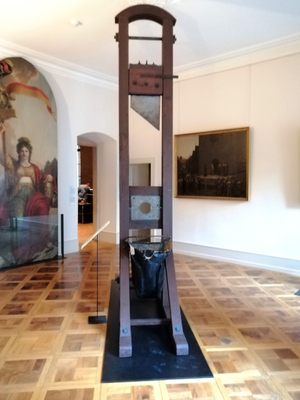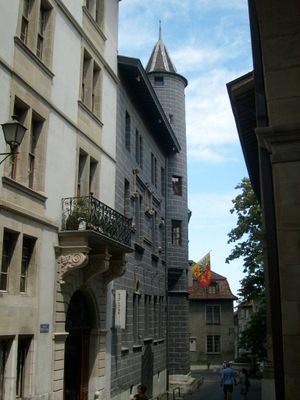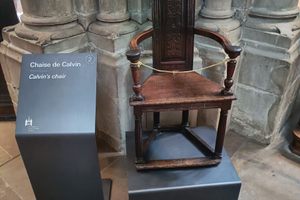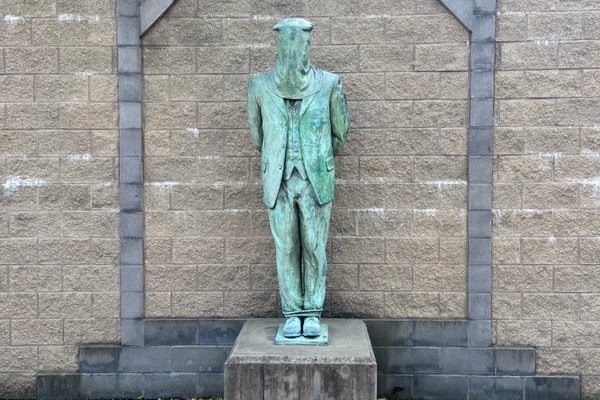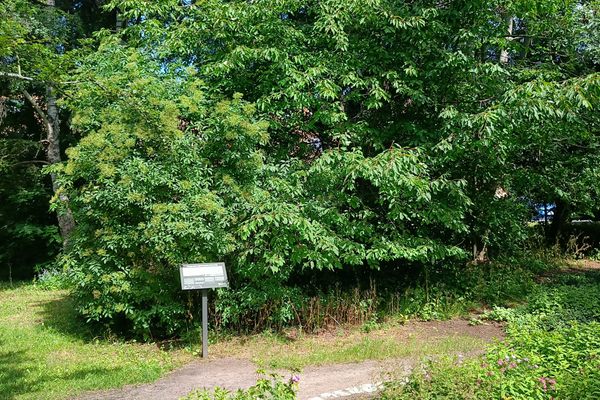About
Built in 1799, this structure basically consists of a tall, vertical oak frame fitted with a heavy steel blade with an oblique cutting edge and suspended from the top. It was designed for a rapid execution by decapitation of those who were condemned to death in the Swiss canton of Geneva during the French period. Today it is part of the Permanent Collection at the Tavel House, the oldest building in Geneva.
The guillotine is that artifact used to carry out the capital punishment, especially during the French Revolution and so-called after the politician Joseph-Ignace Guillotin proposed the use of a device to carry out executions as a less painful way than previous methods. The device was designed for efficiently carrying out executions by beheading when a sharp blade was released, decapitating the victim instantly by a clean and precise cutting. A basket was place below the guillotine to catch the executed person's head.
This item exhibited in the Tavel House was restored in the early 20th century and which original elements has been incorporated, was usually installed in the Place de Neuve in Geneva when it was required during the years of occupation by Revolutionary France, from 1798 to 1814. During that period, 36 prisoners were executed using this method. When the Republic was restored in 1813 the guillotine was only used six more times until the death penalty was finally abolished in 1871. France abolished the death penalty in 1981, and the country's last use of the guillotine took place in 1977.
Related Tags
Know Before You Go
Located in the city center of Geneva, very close to St. Pierre Cathedral, La Maison Tavel is the oldest building in the city. Admission is free.
Community Contributors
Added By
Published
October 14, 2024
